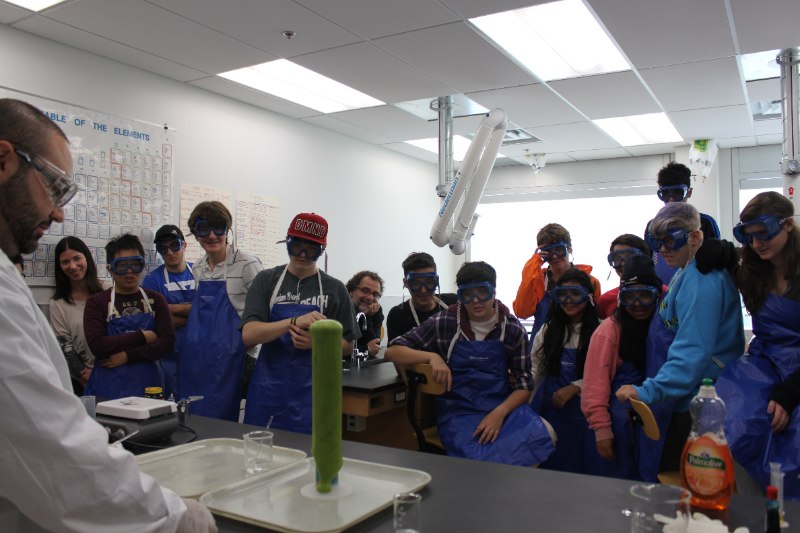Learning about the 6 types of chemical reactions is not always exciting for everyone, especially if it is done solely through practice worksheets. Furthermore, simply discussing and being able to recognise the different types of chemical reactions can be somewhat intimidating to most students.
But life is not always about remembering equations and formulas, because let’s face it; most students forget the majority of the equations and formulas they have learned once they leave the walls of educational institutions. If, however, you can help students see through the equations and formulas and how they apply to the world they experience around them, they will remember that for many years after they have forgotten the formulas and equations.
In order to bring the chemistry from the whiteboard and worksheets to life, we look at a real-time example of a decomposition reaction. We take a mixture of hydrogen peroxide and add to it a few drops of food colouring (for effect) and a few drops of liquid dish soap (for the wow factor). In years past, we have added yeast to speed up the reaction, but this year we tried potassium iodide and a higher concentration solution of hydrogen peroxide for a bigger and better effect. Alas, as happens in science from time to time, the reaction was no different than years past, however, the what the students witnessed still evoked the usual oohs and aahs as the oxygen produced from the decomposition of hydrogen peroxide quickly expanding the soap bubbles in the solution and quickly foamed up and over the graduated cylinder.
Check out the rest the rest of the pictures on our Facebook page!




